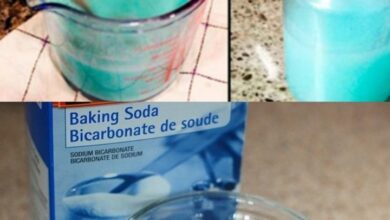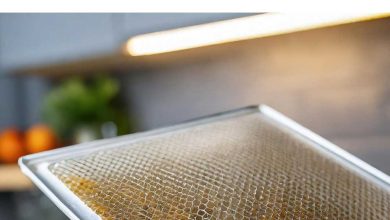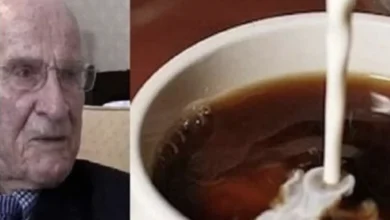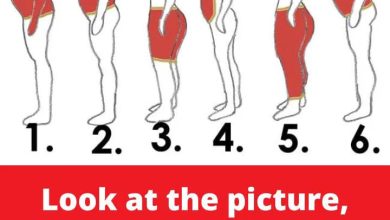Bloated Food Packaging
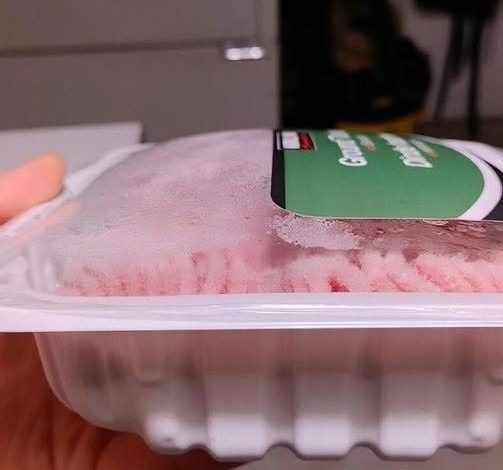
You’ve probably experienced that moment: reaching for a bag of chips and feeling like you’ve mostly grabbed air! It’s easy to think it’s a clever trick, but that extra “puff” in some food packaging actually serves a very important purpose. It’s not just about making the bag look bigger; it’s often there to protect the food inside. However, not all foods benefit from this kind of packaging. Some foods need exactly the opposite approach, with very little air, or even no air at all! Let’s dive into the fascinating world of food packaging and discover why air plays such a crucial role in keeping your favorite snacks and fresh foods safe and delicious.
ADVERTISEMENT
Why Some Foods Like Chips Need Extra Air
That seemingly “bloated” chip bag isn’t trying to trick you. In fact, it’s working hard to make sure your snacking experience is the best it can be! Here’s how that extra air helps:
ADVERTISEMENT
- Protection Against Crushing: Imagine how easily a delicate chip could break during its journey from the factory to your pantry. Chips are very fragile and can crumble quickly. To prevent this, nitrogen gas (and not oxygen) is often pumped into chip bags. This creates a soft, cushioned environment that helps protect the chips from getting crushed during shipping and storage. It’s like a tiny airbag for your snacks!
- Maintaining Freshness: Oxygen can be a real enemy to the freshness of many foods. When oxygen comes into contact with chips, it can lead to a process called oxidation, which makes them go stale and taste “rancid.” By filling the bags with nitrogen, the oxygen is pushed out. This slows down the oxidation process significantly, helping your chips stay crisp and fresh for a much longer time.
- Perception of Value: While the main reasons are protection and freshness, there’s also a psychological aspect. A well-puffed bag can give the impression that it’s full and abundant. This makes consumers feel like they’re getting a good amount of product, even though the actual volume of chips inside remains consistent regardless of the air.
When Less Air Is Actually Better
While some foods thrive with a little extra air, others require exactly the opposite. For many products, especially fresh and perishable items, minimal air or even vacuum-sealed packaging is absolutely essential for keeping their quality high and ensuring they are safe to eat.
ADVERTISEMENT
- Cheese: Have you ever noticed how cheese often comes in tightly sealed packages? That’s because air is a friend to mold growth, which can quickly spoil cheese. Vacuum-sealed wrappers work by preventing any exposure to oxygen, which dramatically extends the cheese’s shelf life and keeps it delicious.
- Sausages and Meats: Perishable items like sausages, lunch meats, and other cold cuts need a special environment to stay fresh and safe. They do best in low-oxygen conditions. This is where something called Modified Atmosphere Packaging (MAP) comes in. This process replaces the regular air inside the package with a specific mix of gases, often including carbon dioxide. This unique gas mixture helps to stop harmful bacteria from growing, keeping these foods safe and extending their freshness.
- Coffee Beans: If you love fresh coffee, you know that air can be a big problem for flavor. Coffee beans begin to lose their wonderful aroma and taste when they’re exposed to air. That’s why many coffee bags have tiny, special one-way valves. These valves allow the carbon dioxide gas, which is naturally produced by freshly roasted beans, to escape. At the same time, they act as a barrier, keeping oxygen out and preserving that rich coffee flavor.
- Fresh Produce: Pre-cut fruits and vegetables, like a bag of ready-to-eat salad or sliced apples, need very specific conditions to stay fresh and avoid wilting or rotting. Their packaging is specially designed to control the flow of air. This specialized packaging carefully regulates both humidity and oxygen levels, which helps to preserve their freshness and nutrients.
The Science Behind Different Packaging Methods
So, what’s really going on inside those packages that makes some puffy and others super tight? It all comes down to clever science!
- Nitrogen Gas for “Bloated” Packaging: For snacks like chips, the secret is nitrogen gas. Unlike oxygen, nitrogen is a “non-reactive” gas, meaning it doesn’t interact with the food. This makes it perfect for preservation. The added nitrogen also helps the bag maintain its shape and pressure balance, which reduces the chances of the bag tearing or leaking, further protecting the product inside.
- Vacuum-Sealing for Perishable Goods: On the other hand, perishable items use methods like vacuum-sealing. This process removes most of the air from the package, creating an environment that’s very difficult for many types of bacteria to thrive in.
- Modified Atmosphere Packaging (MAP): As mentioned earlier, MAP is another advanced technique. Instead of just removing air, it replaces it with a precisely chosen mix of gases. This mix is tailored to the specific needs of the product, creating the ideal atmosphere to keep it fresh and safe for longer.
How to Know if Your Food Is Packaged Correctly
While a slightly puffy bag isn’t always a bad thing, especially for chips, there are definitely times when excessive inflation can signal a problem. Knowing the difference can help you make smart choices at the grocery store.
- Chips: A little puffiness in a chip bag is completely normal and, as we’ve learned, beneficial. However, if a chip bag feels overly firm, like a balloon, or if you hear a loud hissing sound when you open it, this could indicate that the seal was compromised or that there’s some kind of contamination. It’s always best to be cautious if it seems unusual.
- Cheese/Sausage: For vacuum-sealed items like cheese or packaged sausages and meats, the packaging should be tight and snug around the product. If a vacuum-sealed package has expanded or become bloated, this is a major red flag. It could mean that harmful bacteria have started to grow inside and have produced gas as a byproduct. In such cases, it’s crucial to avoid consuming it to ensure your safety.
Always make it a habit to check expiration dates on all your food products. Also, look for any visible signs of spoilage, such as discoloration, unusual odors, or mold. Most importantly, always trust your instincts if something about the packaging or the food seems off.
When “Bloated” is Good, and When It’s a Warning Sign
Understanding why different types of food packaging are used can really help you decide whether that puffy bag or super-tight seal is something to be concerned about. For non-perishable snacks, like that bag of chips, “bloated” packaging is generally a good sign. It’s there to ensure your snack stays crisp and protected until you’re ready to enjoy it.
However, when it comes to perishable items like fresh cheese, sausages, or other meats, a “bloated” or puffed-up package is a clear sign of potential danger. In these cases, it means harmful bacteria might be present, so it’s always best to steer clear and not take any chances.
The next time you pick up a bag of chips or inspect a tightly sealed block of cheese at the store, you’ll have a better understanding of what’s going on. Remember that proper packaging is a key part of keeping your food tasting great and staying safe for you and your family. So, embrace the puffiness when it’s appropriate, and definitely proceed with caution—or avoid entirely—when it signals otherwise!
Your grocery shopping just got a whole lot smarter. Happy snacking, and even safer eating!

